
- •Table of Contents
- •Introduction
- •The 5 Dramatic Throughlines
- •The 6 Conflicts
- •The 21 Genres
- •The Replay
- •Fate
- •The Parallel
- •The Episodic
- •The Journey
- •Interactive
- •Metafiction
- •The Slice of Life
- •Introducing the 55 Dramatic Situations
- •Situations 1 & 2
- •Situations 3 & 4
- •Situations 5 & 6
- •Situations 7 & 8
- •Situations 15 & 16
- •Situations 17 & 18
- •Situations 43 & 44
- •Situations 45 & 46
- •Situations 47 & 48
- •Situations 49 & 50
- •Situations 51 & 52
- •Research
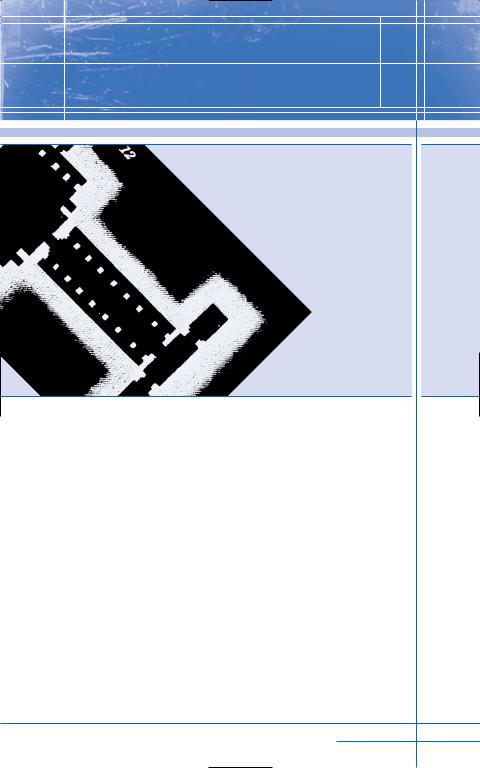
The Journey
FROM TITANIC:
JACK: Wait, just let me try and get this out. Rose you’re … [pause] I’m not an idiot. I know how the world works. I’ve got ten bucks in my pocket, I have nothing to offer you and I know that. But I’m too involved now. You jump, I jump, remember? I can’t turn away without knowing you’ll be alright.
ROSE: Well, I’m fine. I’ll be fine. Really.
JACK: Really? I don’t think so. They’ve got you trapped Rose and you’re gonna die if you don’t break free. Maybe not right away because you’re strong, but soon, that fire that I love so much about you Rose, that fire’s going to burn out.
ROSE: It’s not up to you to save me Jack.
JACK: I know, only you can do that.
The Journey plot structure is defined as having one Main Character either go it alone through a major internal growth experience—as with the Feminine and Masculine Journeys (discussed in Part 3)—or go it alone through a major series of events that test courage and resolve—as in the Joseph Campbell model. This structure focuses on the content of the structure rather than on
structure design.
In case you are unfamiliar with it, the Joseph Campbell model is a story model developed by Chris Vogler as he interpreted Joseph Campbell’s book The Hero With a Thousand Faces. Campbell’s book explores mythic heroes throughout numerous cultures, and Vogler compiled the structure of these myths into twelve steps in his book The Writer’s Journey. This Journey model became so popular at one point that many feel it has now been overdone.
The Feminine and Masculine Journeys are character driven even though they may be full of action or suspense. The decisions the Main Character makes drive the story forward. At any point the Main Character may face the temptation to give up altogether, and
The Journey |
73 |
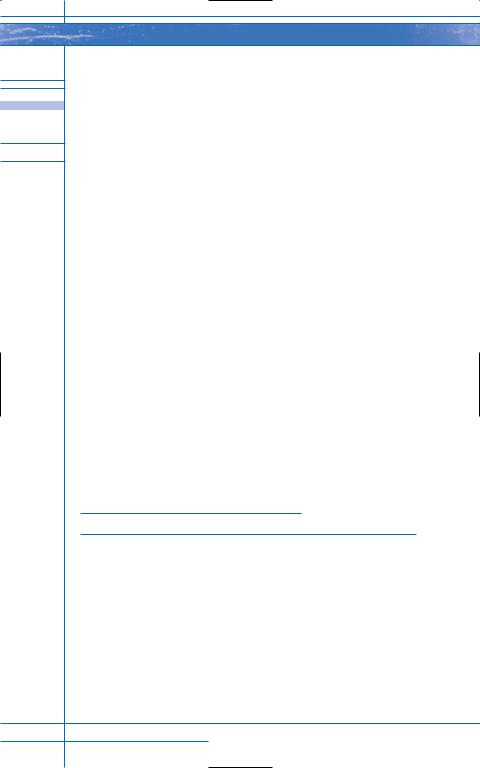
the story itself would be over because the Main Character has stopped acting and creating new events and problems.
The Joseph Campbell Journey is plot driven even though the Main Character may go through changes and realizations throughout the Journey. The events drive the story and the Main Character forward.
For example, it is the call to adventure from an outside force that sparks the beginning of the Journey. In the Feminine and Masculine Journeys the Main Character sparks the beginning of the Journey herself.
Also you may wonder what the differences are between the Feminine and Masculine Journeys. The biggest difference is that, traditionally, the male hero is supported in his quest to leave the “tribe” and seek his goal, and the female hero usually is not. (Male heroes can embody the Feminine Journey model and vice versa, especially when they are venturing somewhere they shouldn’t. Think of the film Three Kings.)
Also, men and women live in very different worlds most of the time. For example, leaving work alone at night may not be a big deal at all for a man, but a woman has to put up her guard and hope things will be okay as she quickly walks to her car. Women need to build their ego strength; in many cases, they often sacrifice themselves for others and don’t really know who they are. They need to find their power. Men, on the other hand, are taught to be powerful early on, and they need to lose part of their ego strength and power on their journey.
While this chapter contains all you need to get started with using the Journey structures, you can see 45 Master Characters: Mythic Models for Creating Original Characters for very in-depth information on the Feminine and Masculine Journeys and The Writer’s Journey for more information on the Joseph Campbell Journey.
Combining Other Structures
These Journeys are a unique addition to this book because they can be combined with the other structure types very easily. For example, in Act II of the Feminine Journey, the hero may experience an event or a certain lesson several times to get it right. It’s as if she thought she had all the answers and accomplished the goal, but she really hasn’t found the core issue yet.
While this typically happens in real time, with the hero trying over and over again to conquer her fears, you could play with it and combine it with the Replay structure so the hero literally re-expe- riences the event over and over again. But the main thrust of the story will be the Journey itself.
74 Story Structure Architect
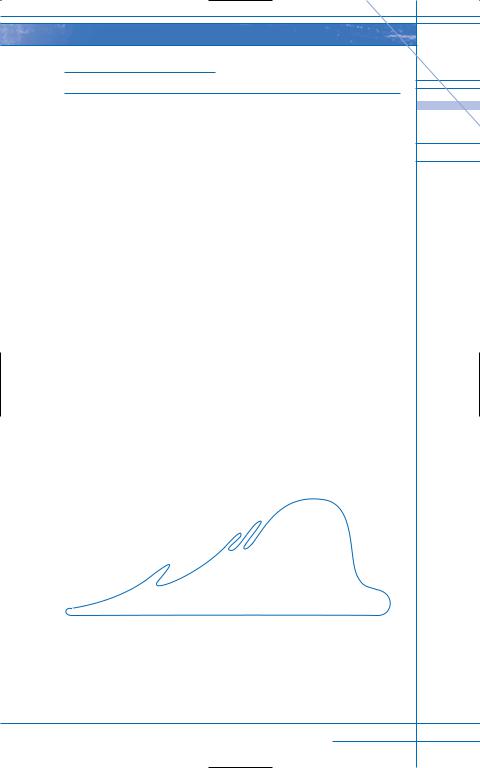
Journey Structures
With all three models there is still a sense of a clear three-act beginning, middle, and end. The following is an outline of the three main Journey models.
THE FEMININE JOURNEY
The Feminine Journey is a Journey in which the hero gathers the courage to face death, even if only symbolic, and endure the transformation toward being reborn as a complete being in charge of her own life.
The Journey starts with the Main Character questioning authority, then gaining the courage to stand up for herself and finally embodying the willingness to go it alone and face her own symbolic death. This Journey is based on The Descent of Inanna, one of the oldest recorded myths in history. Think The Wizard of Oz.
The Feminine Journey as a structure is cyclical in that, in the end, there is a sense that the Journey may continue or that the Main Character will return home to help someone else embark on the Journey she has just taken. This hero has gone through an inner process of change that can only be experienced directly, not shared. The other characters must experience it themselves to fully understand what the hero went through. In this way, everyone has the potential to be the hero. The Feminine Journey is available to all, not just the rich, strong, or admired.
In Act II the hero may face the same event or internal conflict a few times to get it right or learn the lesson she needs to learn. In Act III the hero goes through a rebirth of sorts and comes full circle, establishing a strong character arc.
Act I |
Act II |
Act III |
THE MASCULINE JOURNEY
In the Masculine Journey, the hero is living in his version of a perfect world with friends and enemies alike. He is thrust into a situation and must make a decision based on how he will react to this
The Journey |
75 |
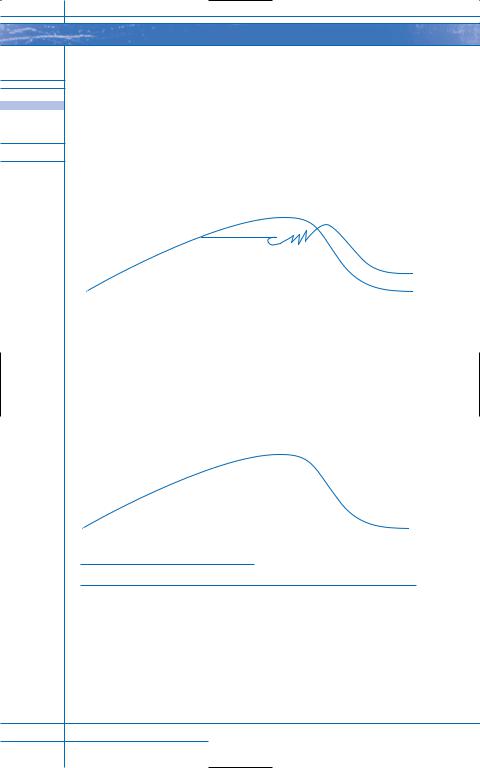
situation—will he go inward or remain outwardly focused? The Masculine Journey branches out in two directions, and the Main Character must choose which path to take because they both lead to different conclusions. One choice will lead him to a mini Feminine Journey where he will face the same event or internal conflict a few times to get it right or learn the lesson. He will also face a symbolic death and attain inner growth. This Journey is based on The Epic of Gilgamesh. Otherwise he will choose the outwardly directed path, which usually brings destruction. Think Moby-Dick.
Act I |
Act II |
Act III |
THE JOSEPH CAMPBELL JOURNEY
The Joseph Campbell Journey keeps in line with the traditional storytelling model because it is based on the same myths and stories used to develop traditional Aristotelian structure.
In the end, the Main Character returns to the tribe in this Journey, but it is not cyclical as there is no sense that the Journey will continue after the hero returns. He has accomplished all that needed to be accomplished by himself and has helped the “tribe.” Think
Lethal Weapon.
Act I |
Act II |
Act III |
The Journey Elements
(Parts of the following are from 45 Master Characters and The Writer’s Journey.)
ACT I TRADITIONAL ELEMENTS FOR ALL THREE JOURNEYS
•Setup
•Mood or Tone
•Hook, Catalyst, or Inciting Incident
76 Story Structure Architect
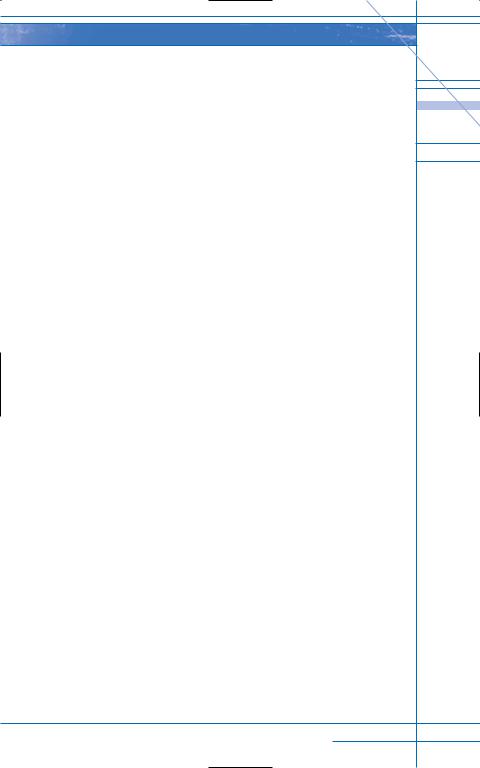
•Serious Problem and/or Goal
•Turning Point
ACT I NEW ELEMENTS FOR ALL THREE JOURNEYS
The Feminine Journey has:
The Illusion of the Perfect World Stage: The Main Character has a false sense of security and is trapped in a negative world that stops her growth. She avoids the reality of her situation by using a coping strategy.
The Betrayal or Realization Stage: Everything important to her is taken away and she is pushed to a fork in the road.
The Awakening Stage: She actively prepares for her Journey and wants to reclaim her “power.”
The Masculine Journey has:
The Perfect World Stage: The world seems full of opportunities for him, but he doesn’t know what he wants deep down inside.
The Friends and Enemies Stage: Friends help push him toward a challenge.
The Preparing for the Journey Stage: Unsure of what he wants deep down inside, he goes for an outwardly focused goal.
The Joseph Campbell Journey has:
The Ordinary World Stage: This is the mundane world to contrast the world to come.
The Call to Adventure Stage: The hero is presented with a problem, challenge, or adventure to undertake.
The Refusal of the Call Stage: Fear may be the driving force behind the refusal to go on the Journey.
The Meeting with the Mentor Stage: The mentor prepares the hero to face the unknown.
The Crossing the First Threshold Stage: The hero commits to the adventure and enters the world of the story.
ACT I QUESTIONS
•What is it that propels the hero to go on an inner or outer Journey?
•Why does the hero need to go on a Journey? Has he started to question what life is all about?
The Journey |
77 |
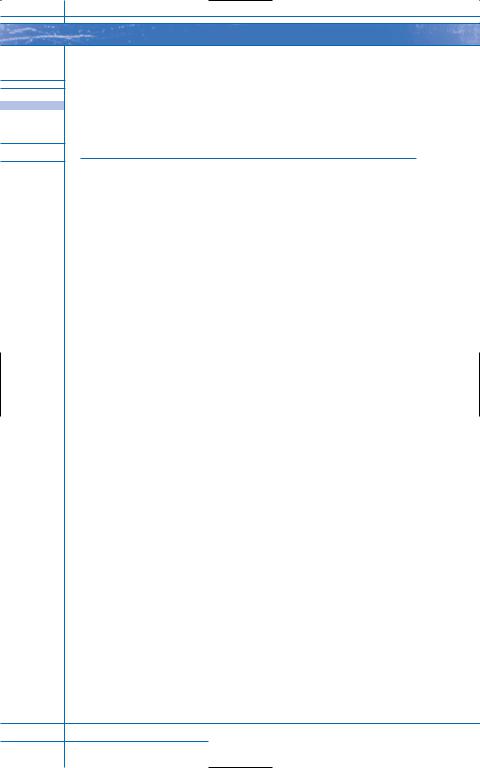
•Is preparation needed to embark on a Journey?
•Has the hero journeyed before? Or known someone else who has?
•Does the hero have a mentor or someone to talk to? (The Feminine Journey hero may not.)
•How will the Villain make his first appearance?
ACT II TRADITIONAL ELEMENTS
•Problem Intensifies
•Temporary Triumph
•Reversal
•Dark Moment
•Turning Point
ACT II NEW ELEMENTS FOR ALL THREE JOURNEYS
The Feminine Journey has:
The Descent Stage: Also known as passing the Gates of Judgment. She faces one of the fears or obstacles and may want to turn back but can’t. Her weapons won’t work; they are useless here.
The Eye of the Storm Stage: She comes to terms with the ordeal she just faced and thinks her Journey is over; Supporting Characters may want her to come back, but it is not over yet.
The Death Stage: All is lost. A total Reversal happens. She faces her own death, or a symbolic one, and learns more about herself.
The Masculine Journey has:
The Small Success Stage: A small taste of success gives him the desire to reach higher.
The Invitations and Preparations Stage: He’s invited to embark on the Feminine Journey toward awakening. If he says “no” he is on the path of Rebellion and gathers his weapons together. He won’t give up his “power.” Is his current goal what he truly wants? If he says “yes” he is on the path of Awakening.
The Trials Stage: He faces obstacles. If he is Rebelling he has a false sense of superiority. If he is Awakening things seem to be falling apart for him. Either way, warnings and prophecies may surround him.
78 Story Structure Architect
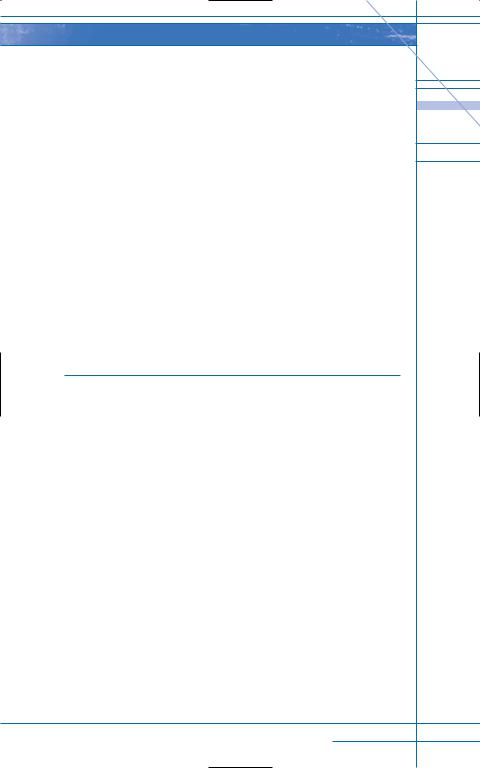
The Joseph Campbell Journey has:
The Test, Allies, and Enemies Stage: The hero encounters new challenges and learns the rules of the road.
The Approach to the Inmost Cave Stage: The hero is at the edge of a dangerous place, perhaps the Villain’s headquarters.
The Supreme Ordeal Stage: The hero’s fortunes hit bottom. Will he survive?
The Reward Stage: The hero takes possession of a “treasure.”
ACT II QUESTIONS
•Why does the hero keep going forward? What is important to him?
•What tools does the hero have at his disposal?
•Does the hero have any helpers?
•How does the Villain play into this act?
•Why did you pick the Journey model you did? Is it working for this story? Would changing Journeys make it better? More challenging?
ACT III TRADITIONAL ELEMENTS
•Final Obstacle
•Climax
•Resolution
ACT III NEW ELEMENTS FOR ALL THREE JOURNEYS
The Feminine Journey has:
The Support Stage: She accepts her connection to the larger whole. Hopefully someone or something supports her now or she may not make it. Many feminist novels stop at this stage. The hero can’t fit into society in the way she wants so death may be her only answer. (Think The Awakening by Kate Chopin and how the hero walks into the water at the end of the story. There is just no place for an independent woman in the world she lives in.)
The Moment of Truth Stage: She has found her strength and goes for her goal with gusto. She has awakened and sees the whole world differently. She faces her worst fear and still remains compassionate and complete.
The Journey |
79 |
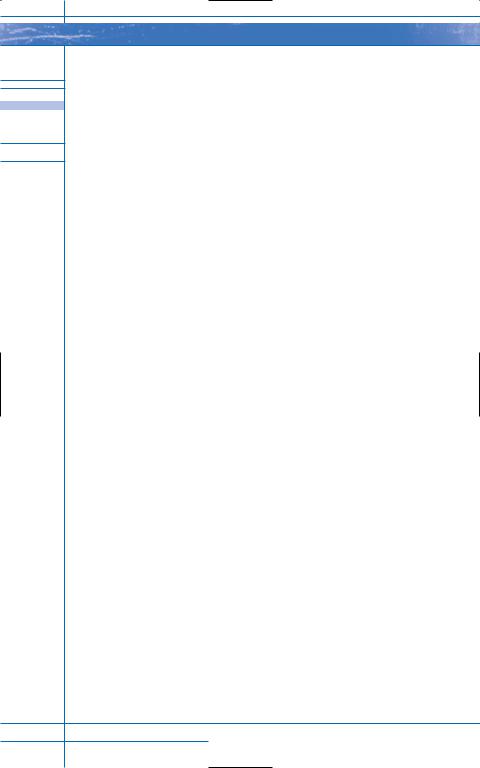
The Full Circle Stage: She returns to the perfect world to see how far she’s come. She may pick the next person to go on the descent now so this person can grow as the hero has.
The Masculine Journey has:
The Death Stage: All is lost. If he is Rebelling, he rages against death and fights his own transformation and change. If he is Awakening, he faces death and is humbled by it; all his tools are useless.
The Awaken or Rebel Stage: If he is Rebelling, he won’t face his flaws or face change (think Moby-Dick). He has little character arc because nothing has changed for him. If he is Awakening he, faces himself and knows what he truly wants. He gives up some of his perceived “power” in order to be successful. He is willing to help others (think
Three Kings).
The Victory or Failure Stage: Rebellion brings him down the path of failure. Awakening brings him victory and reward, if only internal. He does the right thing.
The Joseph Campbell Journey has:
The Road Back Stage: The hero deals with the consequences of confronting dark forces.
The Resurrection Stage: Death and darkness get one last attempt at the hero before being defeated.
The Return With Elixir Stage: The hero returns with a treasure or lesson.
ACT III QUESTIONS
•Did the hero fail or succeed? Does the Feminine Journey hero find support?
•Do you need to go back and flesh out more character history to make character choices believable?
•Why do we care if the hero is successful or not? (Would Moby-Dick have been as great if he caught the whale? Probably not! Would Three Kings be as good if they didn’t stop to help the people escape? No! Would Thelma and Louise have been as wonderful if Thelma and Louise gave up and went to jail? No! So the choices made by these characters are very integral to the story. There is only one choice these characters can make at the end of their stories.)
80 Story Structure Architect
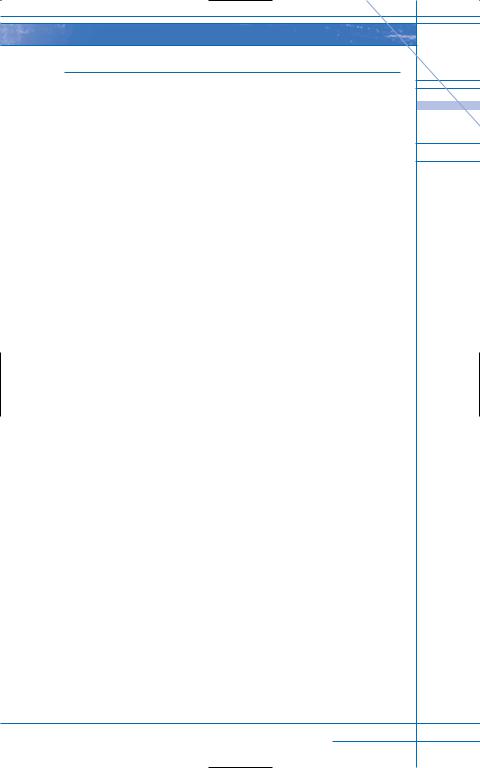
EXAMPLES
Titanic, JAMES CAMERON (Feminine Journey)
A rich girl and poor boy meet on the ill-fated voyage of the “unsinkable” ship. The heroine is betrayed by her own mother, who forces her to marry a man she doesn’t love. The hero helps her to face her situation, become independent, learn about love, and change her life.
Three Kings, DAVID O. RUSSELL
(Masculine Journey Awakening)
In the aftermath of the Gulf War, four soldiers set out to steal gold that was stolen from Kuwait, but their plans change when they discover people who need their help.
Moby-Dick, HERMAN MELVILLE
(Masculine Journey Rebelling)
The sole survivor of a lost whaling ship relates the tale of his captain’s self-destructive obsession to hunt the white whale, Moby-Dick.
48 Hrs., WALTER HILL (Joseph Campbell Journey)
A hard-nosed cop (Nick Nolte) reluctantly teams up with a wisecracking criminal temporarily paroled to him in order to track down a killer. Nick Nolte doesn’t want a partner. He rejects helpers and allies. He wants to go it alone. He takes risks and places both of them in great danger until he can return with the killer he is seeking.
The Journey |
81 |
